
Ritigala Forest Monastery
An ancient Buddhist monastery and nature reserve, Ritigala offers a mystical journey through ruins, rare flora, and a serene, spiritual ambiance.
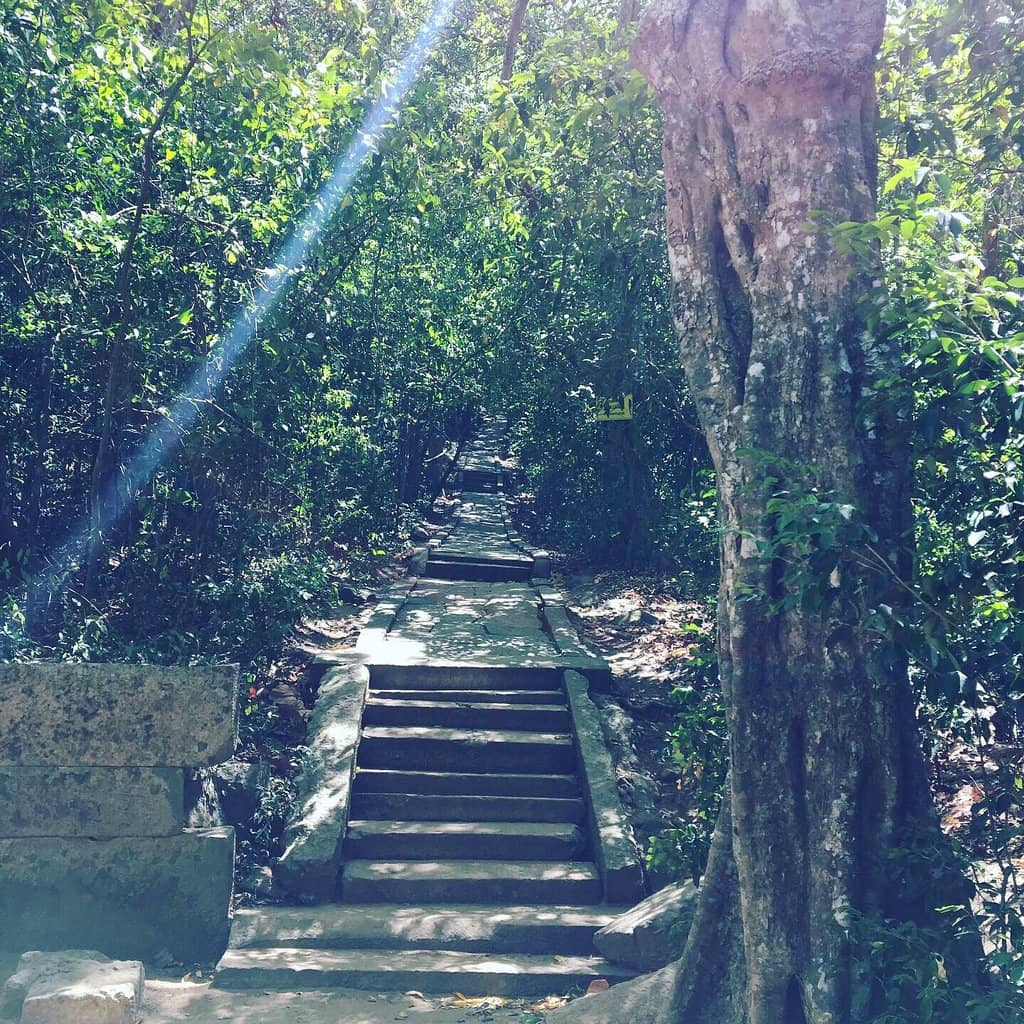
Highlights
Must-see attractions
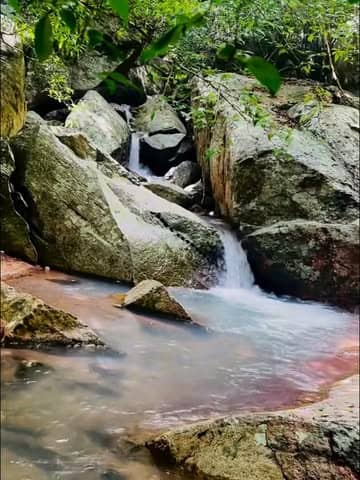
Social
From TikTok & Reddit
Best Time
Cooler temperatures & fewer crowds

Ritigala Forest Monastery
Best Time
Cooler temperatures & fewer crowds

Highlights
Must-see attractions
An ancient Buddhist monastery and nature reserve, Ritigala offers a mystical journey through ruins, rare flora, and a serene, spiritual ambiance.
"A beautiful, mystical place that feels like heaven, offering a deep connection to nature and history."
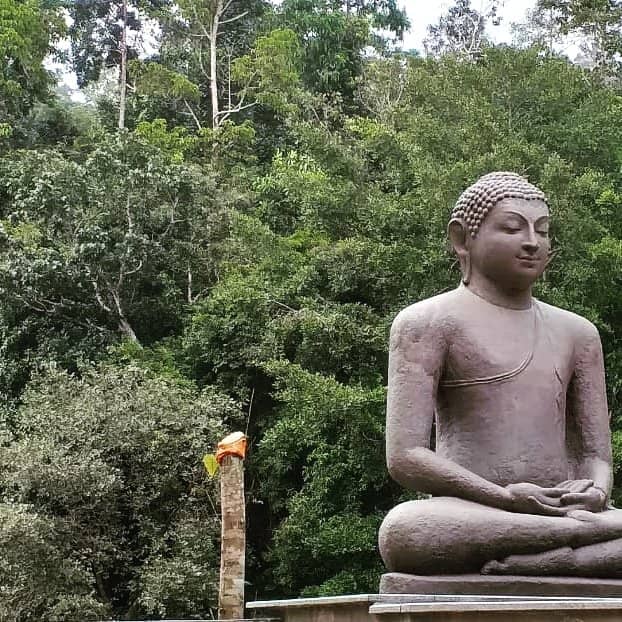
🚗 Accessing the Site
The road can be damaged; consider a jeep or cab for easier access to the dhana shala.
🐒 Wildlife Caution
Be wary of wild monkeys, especially around children, as they can bite.
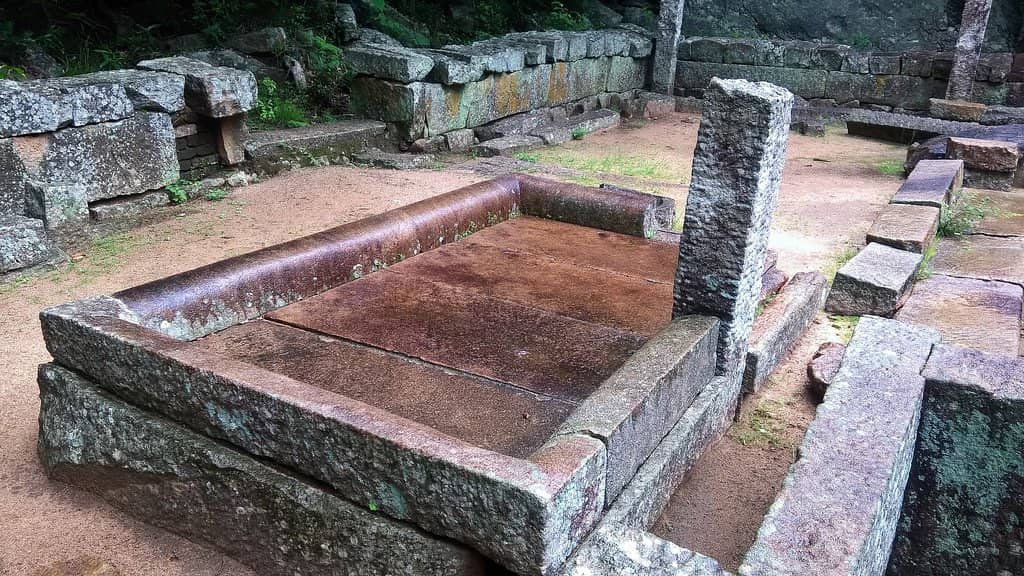
Highlights
Discover the most iconic attractions and experiences

Ancient Stone Pathways
Throughout the monastery complex
Intricately paved stone paths leading through serene ruins, showcasing sophisticated ancient engineering.

Nildiya Pokuna (Underground Pond)
Within a cave
A mystical, hidden underground pond believed to be a sacred site for ancient monks.
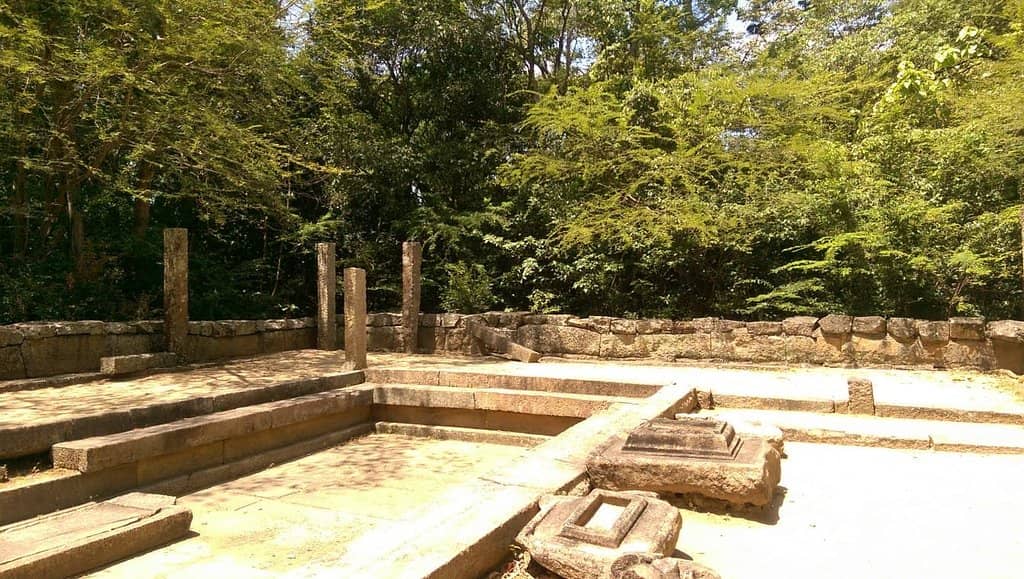
Monastic Ruins
Across the site
Explore remnants of 1st-century BCE monastic buildings, courtyards, and meditation platforms.
Plans like a pro.
Thinks like you
Planning Your Visit
Respect the Sacred Space
Navigating the Ruins & Wildlife
Best Times
Insider Tips
from TikTok, Instagram & Reddit
🚗 Accessing the Site
The road can be damaged; consider a jeep or cab for easier access to the dhana shala.
🐒 Wildlife Caution
Be wary of wild monkeys, especially around children, as they can bite.
🌿 Respect Nature
Help protect this sacred environment and its diverse flora and fauna.
🙏 Dress Modestly
Cover shoulders and knees out of respect for the monks and the sacred site.
Tips
from all over the internet
🚗 Accessing the Site
The road can be damaged; consider a jeep or cab for easier access to the dhana shala.
🐒 Wildlife Caution
Be wary of wild monkeys, especially around children, as they can bite.
🌿 Respect Nature
Help protect this sacred environment and its diverse flora and fauna.
🙏 Dress Modestly
Cover shoulders and knees out of respect for the monks and the sacred site.
🤫 Maintain Silence
This is an active meditation retreat; keep noise levels to a minimum.
What Travellers Say
Reviews Summary
Visitors praise Ritigala for its serene atmosphere, historical significance, and unique natural beauty, often describing it as a heavenly and mystical place. However, some find it hard to reach, and caution is advised regarding wildlife, particularly monkeys. The need for respectful attire and behavior is also frequently mentioned.
"As a nature lover you must visit this amaizing place. It feels lime hevean. There are many differant kind of plants, flowers you can see. But in way you need to be very carefull from the elephants And save the natural envoronment🍃🍃"
Hasini Herath
"What beautiful place - hard to reach though."
Gert van Dijk
"Ritigala Monastery is an ancient and historically significant Buddhist monastic complex located in the Anuradhapura District of Sri Lanka’s North Central Province. It is situated within the Ritigala mountain range, which rises to about 766 meters above sea level, making it the highest point in northern Sri Lanka. Surrounded by dense forest, misty peaks, and an atmosphere of seclusion, Ritigala has long been associated with meditation, asceticism, and spiritual practice.
The origins of Ritigala Monastery date back to at least the 4th century BCE, although most of the ruins visible today belong to the period of the Anuradhapura Kingdom, between the 1st century BCE and the 9th century CE. The site is believed to have been used by Pansukulika monks, an austere sect of Buddhist monks who rejected luxury and devoted themselves to a simple lifestyle in harmony with nature. Unlike other monasteries of the time, Ritigala contains no stupas or image houses, reflecting the monks’ focus on meditation and detachment from worldly life.
The ruins of Ritigala are spread over an area of about 120 hectares. Visitors can see intricately paved stone pathways, long stone bridges, courtyards, and raised platforms that are thought to have been used for meditation or religious gatherings. One of the most striking features is the sophisticated ancient stone bathing system, with carefully engineered reservoirs and channels that demonstrate advanced water management techniques of the time.
The Ritigala mountain is also rich in legend and folklore. In the Ramayana epic, it is said that part of the mountain was brought from the Himalayas by Hanuman, the monkey god, in search of medicinal herbs. Indeed, the area is home to a variety of rare medicinal plants, many of which are found only in Ritigala.
Today, Ritigala is both an archaeological treasure and a nature reserve. The forested slopes are inhabited by diverse wildlife, including monkeys, deer, and many species of birds. The site offers a serene and spiritual atmosphere, attracting not only archaeologists and historians but also travelers seeking peace and a connection with Sri Lanka’s ancient heritage.
Ritigala Monastery remains a powerful reminder of Sri Lanka’s Buddhist monastic traditions, where nature and spirituality blend seamlessly, creating a timeless sanctuary of meditation and learning."
Pasindu U Ranasinghe
What People Like
What People Dislike
Frequently Asked Questions
🚇 🗺️ Getting There
Ritigala is located near Sigiriya. While the main road might be damaged, many visitors opt for a jeep or cab to reach closer to the site. You can arrange transport through your accommodation or local drivers.
You can drive close to the 'dhana shala' (alms hall) with a suitable vehicle like a jeep or truck. The road beyond that point may be difficult for regular cars.
If you don't have your own vehicle, hiring a tuk-tuk or a taxi from nearby towns like Habarana or Kekirawa is a common option. Negotiate the price beforehand.
Public transport directly to Ritigala is limited. It's more practical to arrange private transport or join a tour that includes this destination.
Ritigala Forest Monastery is approximately 40-50 kilometers southeast of Anuradhapura, making it a feasible day trip from the ancient city.
🎫 🎫 Tickets & Entry
The entrance fee for foreigners is typically around 1800 LKR. It's advisable to check the latest prices upon arrival as they can change.
Ritigala is generally open from early morning until late afternoon. It's best to visit during daylight hours to explore the ruins and nature safely.
No, advance booking is usually not required. Tickets can be purchased at the entrance gate upon your arrival.
Yes, as it's a sacred Buddhist site and an active monastery, visitors should dress modestly, covering shoulders and knees.
Ritigala is generally open on public holidays, but it might be busier. It's always a good idea to confirm local holiday schedules if possible.
🎫 🧭 Onsite Experience
You can explore ancient monastic ruins, intricate stone pathways, meditation platforms, and the unique Nildiya Pokuna underground pond. The site is also a nature reserve with diverse flora and fauna.
Allocate at least 2-3 hours to comfortably explore the ruins and enjoy the natural surroundings. If you plan to hike further, you might need more time.
Yes, the site has stone pathways for walking. The terrain can be uneven in places, so comfortable walking shoes are recommended.
Basic facilities might be available near the entrance or dhana shala, but it's advisable to carry your own water and snacks.
You might encounter monkeys, deer, and various bird species. Be cautious of elephants and other larger wildlife, and maintain a safe distance.
📸 📸 Photography
The ancient stone pathways, the serene ruins, and the lush forest provide excellent photographic opportunities. The Nildiya Pokuna cave also offers unique shots.
Drone usage is generally restricted in protected areas and near religious sites to maintain peace and prevent disturbance. It's best to check local regulations before flying.
Early morning or late afternoon offers softer light, ideal for photography. The misty atmosphere in the mornings can also create dramatic shots.
It's important to be respectful. Always ask for permission before photographing individuals, especially monks, as they value their privacy.
Avoid flash photography in caves or sensitive areas. Be mindful of the sacred nature of the site and refrain from intrusive photography.
For Different Travelers
Tailored advice for your travel style
👨👩👧 Families with Kids
🧘♀️ Spiritual Seekers & Meditation Enthusiasts
🌿 Nature Lovers & Birdwatchers
Deep Dives
In-depth insights and expert knowledge
History and Spirituality of Ritigala
The site is believed to have been inhabited by enlightened monks led by Aritta Thero. King Sena I further enhanced the monastery in 832 AD, adding 142 buildings, including hospitals and libraries. The mountain itself is also part of the epic Ramayana, with legends stating that Hanuman carried a piece of the Himalayas here in search of medicinal herbs. This connection to medicinal plants is still relevant today, as the area is home to many rare species.
Today, Ritigala is a sanctuary where spirituality and nature blend seamlessly. The serene atmosphere, ancient ruins, and the surrounding dense forest create a timeless space for reflection and learning. Visitors often describe it as a place that feels like heaven, offering a profound connection to Sri Lanka's ancient heritage.
Nature and Biodiversity
The forested slopes are home to diverse wildlife, including monkeys, deer, and numerous bird species. The area is particularly noted for its abundance of rare medicinal plants, many of which are endemic to Ritigala. This connection to medicinal herbs is deeply rooted in local folklore and the history of the monastery, where monks utilized the natural resources for healing.
Visitors are encouraged to appreciate and protect this natural environment. While exploring, be mindful of the wildlife and the delicate ecosystem. The lush greenery and the sounds of nature contribute significantly to the peaceful and mystical ambiance of the monastery.
Exploring the Ruins and Water Systems
A remarkable feature of Ritigala is its ancient water management system. The site boasts carefully engineered reservoirs and channels, demonstrating advanced techniques used to collect and distribute water. This system was crucial for sustaining the monastic community and its inhabitants.
One of the most intriguing discoveries is Nildiya Pokuna, a mystical underground pond located within a dark cave. This sacred site is thought to have been a focal point for the monks' spiritual practices. Exploring these ruins and water features provides a tangible connection to the ingenuity and spiritual devotion of the people who once lived here.
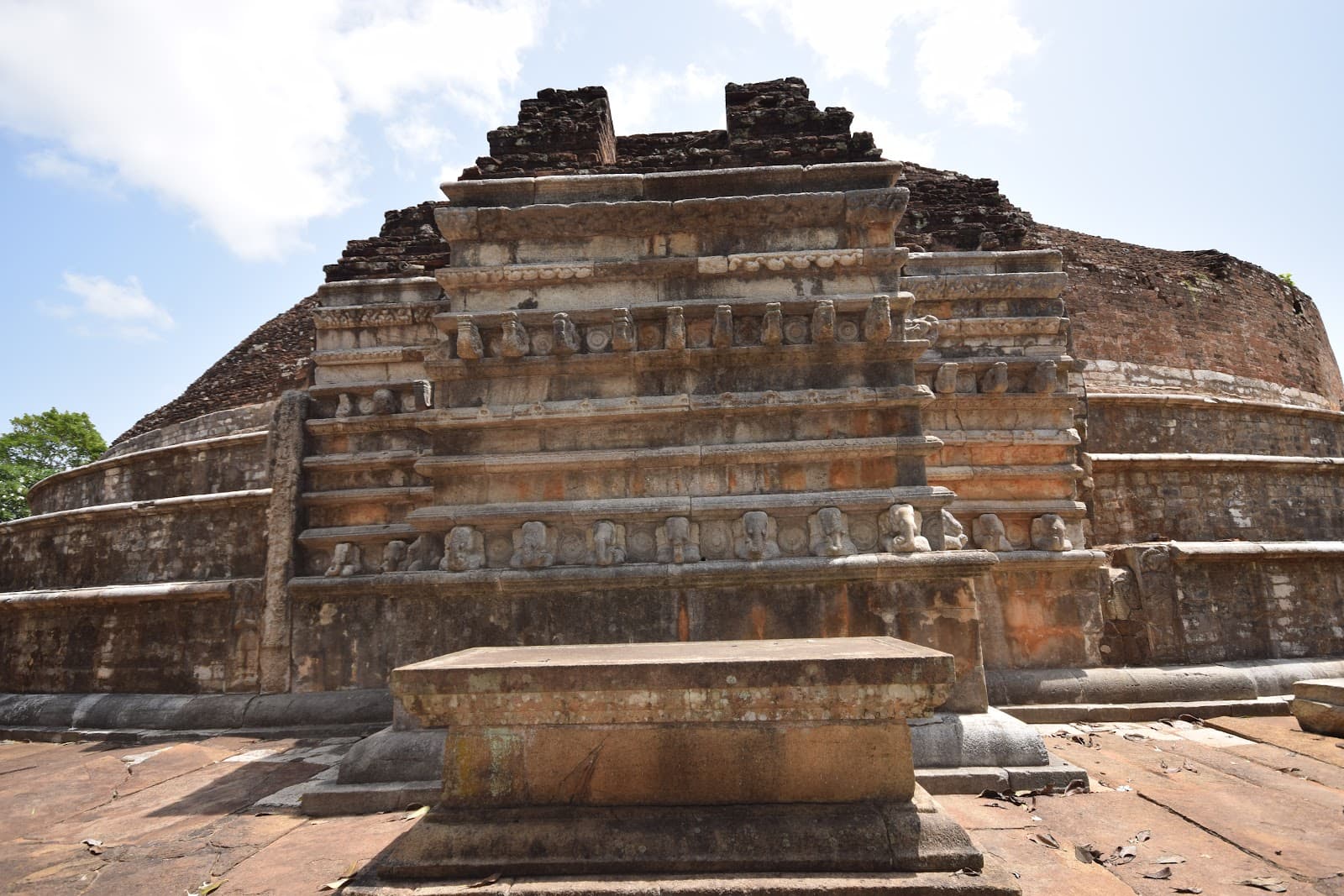
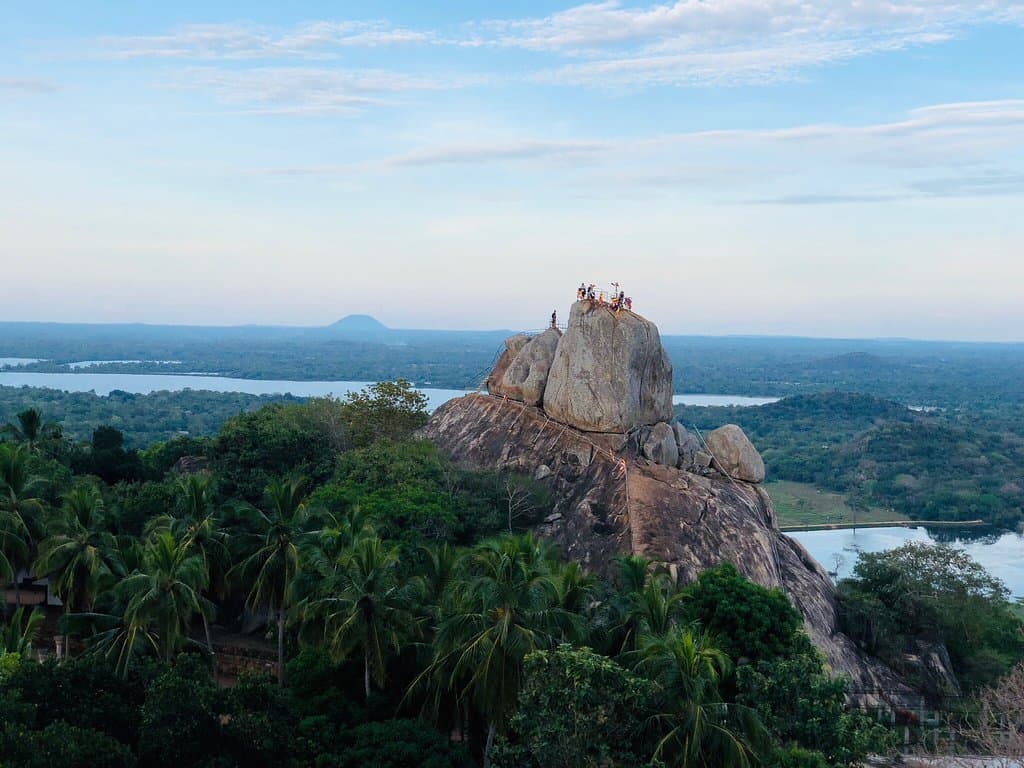


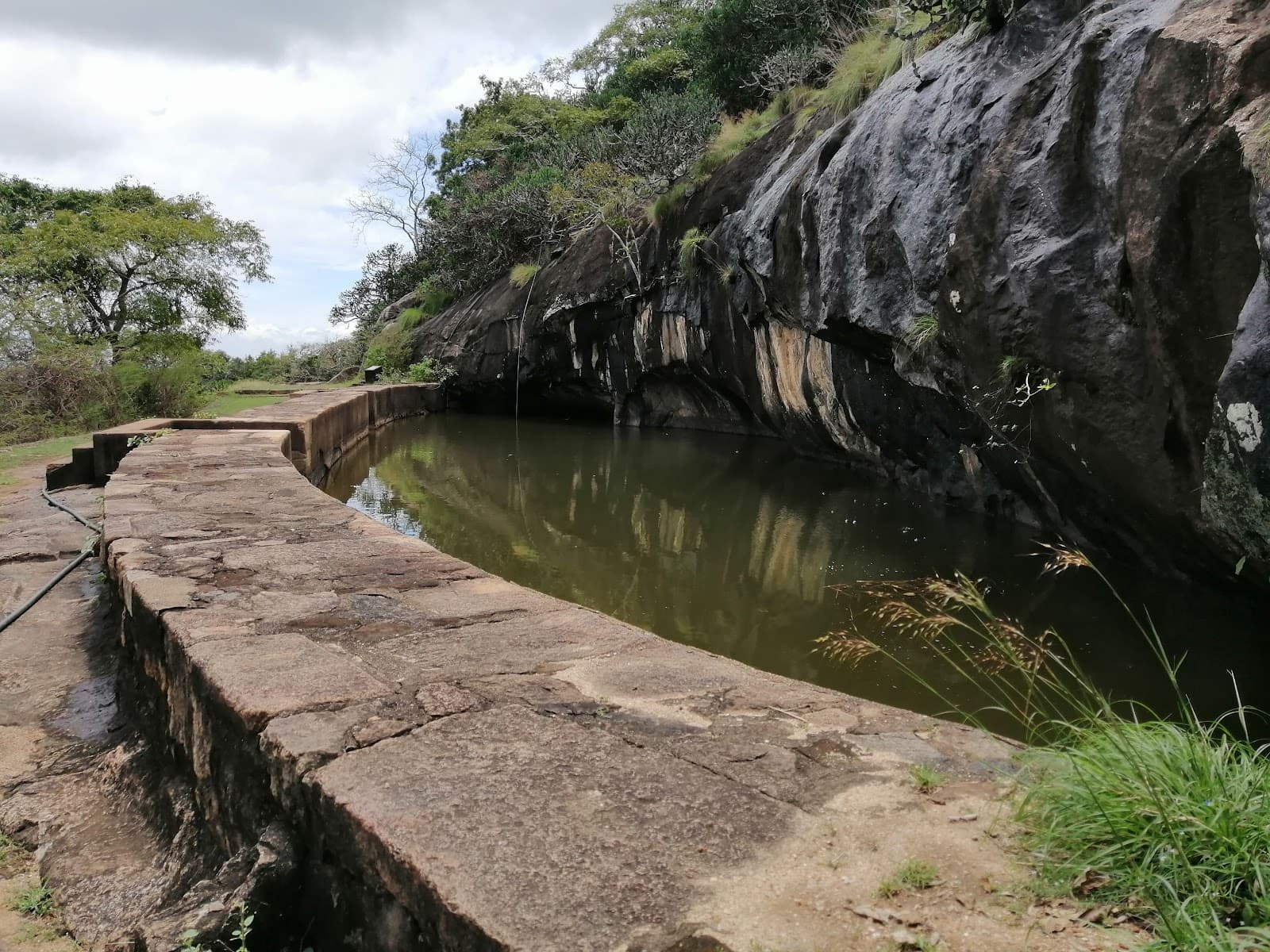

Social
from TikTok, Instagram & Reddit